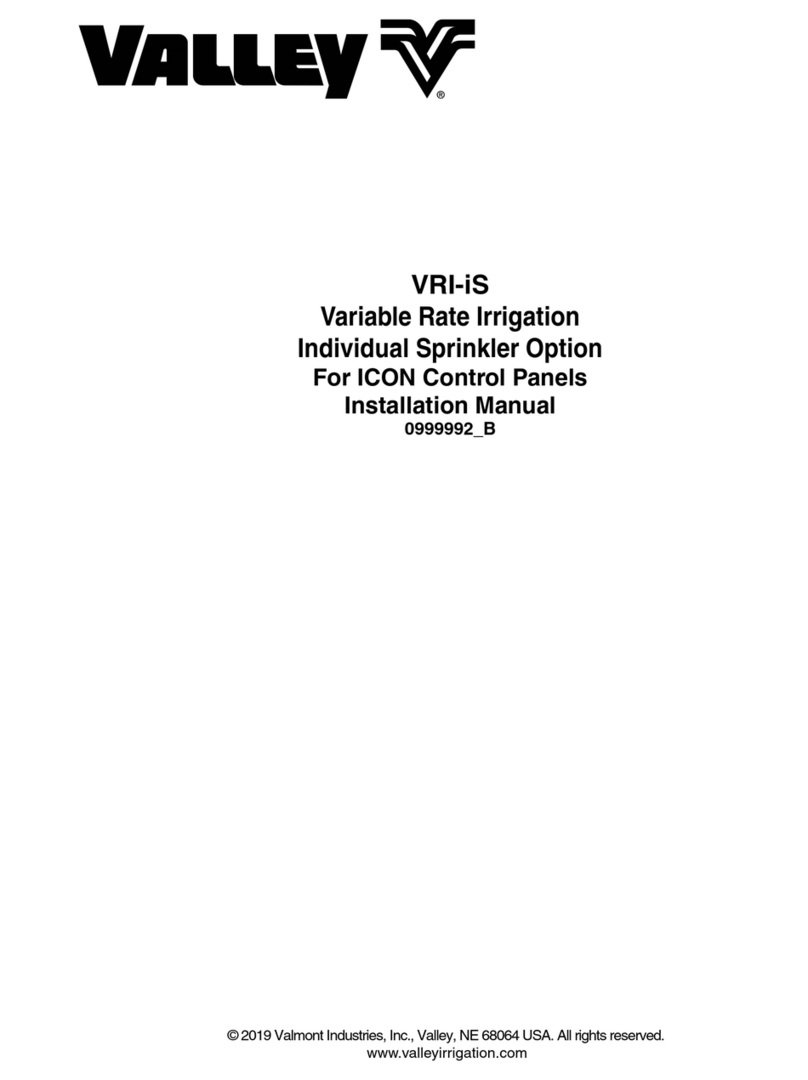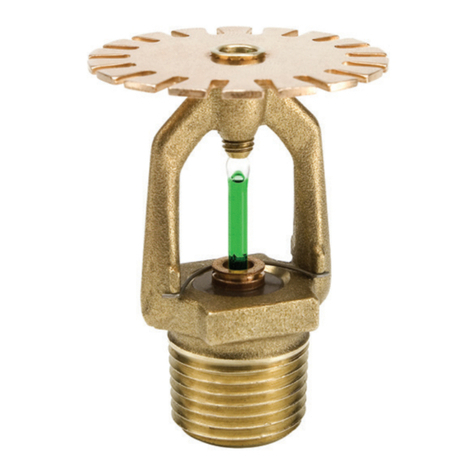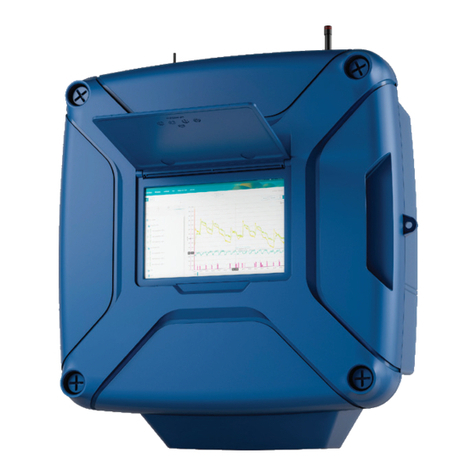
3
Table of Contents
Bender160 Owner’s Manual Supplement ....................................................................................................... 1
Table of Contents ............................................................................................................................................. 3
General Information ......................................................................................................................................... 4
About This Manual ........................................................................................................................................... 4
Ancillary Equipment Warranty ........................................................................................................................ 4
Safety
Recognize Safety Information..............................................................................................................................................5
Safety Messages ..............................................................................................................................................................5
Information Messages ......................................................................................................................................................5
Use of Personal Protective Equipment................................................................................................................................6
Conductive Materials and Equipment..................................................................................................................................6
Fall Protection......................................................................................................................................................................6
Minimum Working Clearance...............................................................................................................................................7
Qualified Person ..................................................................................................................................................................7
Irrigation Equipment near Airports and Crop Dusting Aircraft .............................................................................................7
Overhead Power Lines ........................................................................................................................................................8
Minimal Lockout / Tagout Procedure....................................................................................................................................9
Sequence of Lockout ........................................................................................................................................................9
Restoring Equipment to Service .......................................................................................................................................9
Operate Safely...................................................................................................................................................................10
Safety Decals.....................................................................................................................................................................14
Overview
Bender160 Components....................................................................................................................................................19
Bender160 Swivel...........................................................................................................................................................19
Bender160 Box ...............................................................................................................................................................19
Junction Tower Box .........................................................................................................................................................19
Fixed Pipe.......................................................................................................................................................................19
Swivel Pipe .....................................................................................................................................................................19
Flexible Hose ..................................................................................................................................................................19
Bender End of Field Bender Stop ...................................................................................................................................20
Bender Stop Box.............................................................................................................................................................20
Bender Drive Unit Anchor ...............................................................................................................................................21
Optional Hold Down Components ..................................................................................................................................21
Operation
Starting the Machine.......................................................................................................................................................23
Emergency Stopping ......................................................................................................................................................23
Stopping Under Normal Conditions ................................................................................................................................23
Tilt Sensor
Restrictions
Tires................................................................................................................................................................................24
Drive Units ......................................................................................................................................................................24
Bender Anchors ..............................................................................................................................................................24
Maintenance
Safety.................................................................................................................................................................................25
Disconnect All Power ......................................................................................................................................................25
Belt Replacement ...........................................................................................................................................................26
Hose Replacement .........................................................................................................................................................26
Female Swivel Gasket Replacement ..............................................................................................................................26
Drain Seal Replacement.................................................................................................................................................27
Annual Maintenance..........................................................................................................................................................27
Troubleshooting.............................................................................................................................................. 28




























